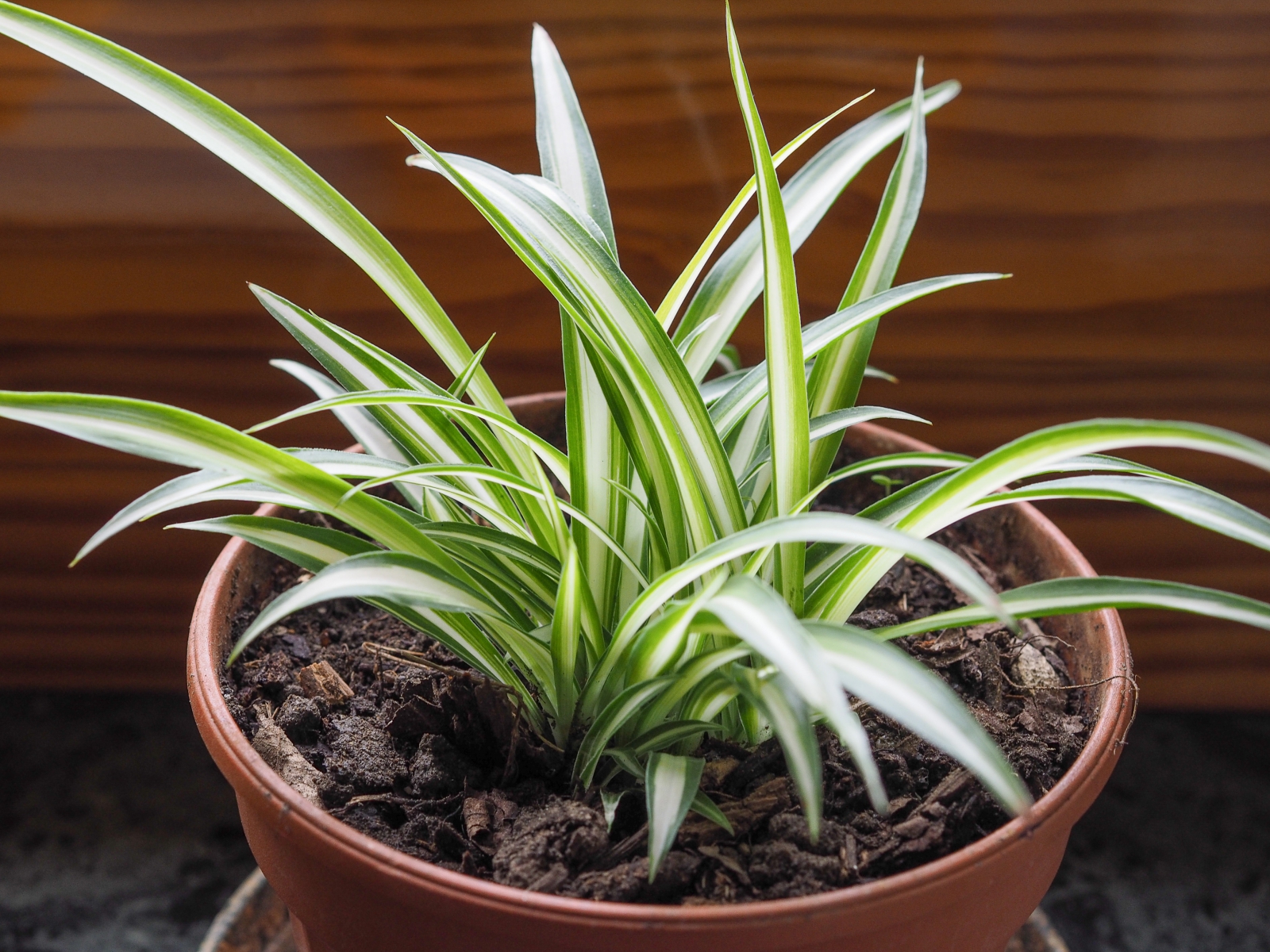Introduction

Spider plants, scientifically known as Chlorophytum comosum, are popular houseplants known for their air-purifying qualities and attractive foliage. These resilient plants are easy to care for and can thrive in various indoor conditions. Whether you are a beginner or an experienced plant parent, this comprehensive guide will provide you with all the information you need to successfully care for your spider plant.
Light Requirements

Spider plants prefer bright, indirect light. Place them near a window where they can receive filtered or indirect sunlight. While they can tolerate low light conditions, prolonged exposure to darkness may negatively impact their growth and overall health. On the other hand, too much direct sunlight can scorch their leaves, so it's best to avoid placing them in intense sunlight.
Watering

Proper watering is crucial for spider plant care. These plants prefer moist but not soggy soil. Allow the top inch of the soil to dry out before watering again. Overwatering can lead to root rot and other issues, so it's important to strike a balance. Be mindful of environmental factors such as temperature and humidity, as they can affect the plant's water needs. It's always better to underwater than overwater spider plants.
Temperature and Humidity

Spider plants thrive in average room temperatures between 60-75??F (15-24??C). They can tolerate slightly cooler temperatures, but it's important to protect them from drafts and sudden temperature fluctuations. As for humidity, spider plants can adapt to a wide range of levels, but they prefer moderate humidity. If the air in your home is particularly dry, consider using a humidifier or placing the plant on a tray with water and pebbles to increase humidity around it.
Soil and Potting

Spider plants thrive in a well-draining potting mix. Use a combination of peat moss, perlite, and regular potting soil to create a light and airy mix. This will ensure that excess water drains properly and prevent the roots from sitting in soggy soil. When repotting, choose a container that is one size larger than the current one to allow room for growth. Repotting every year or two is generally sufficient unless the plant becomes root-bound.
Fertilizing

Spider plants benefit from regular fertilization during the growing season, which is typically spring and summer. Use a balanced, water-soluble fertilizer diluted to half the recommended strength. Apply the fertilizer every two to four weeks, following the package instructions. Avoid over-fertilizing, as it can lead to burnt roots and foliage damage. During the dormant winter period, reduce or stop fertilization altogether.
Propagation
/GettyImages-1012985304-864afbee77874035aad22fddef202488.jpg)
Spider plants are incredibly easy to propagate, making them an ideal choice for beginners. They produce long, arching stems with tiny plantlets at their ends. To propagate, simply place a small container filled with water near the parent plant and let the plantlet hang into the water. Once roots have developed, which can take a few weeks, you can transplant the new spider plant into a pot with well-draining soil.
Pests and Diseases
:max_bytes(150000):strip_icc()/GettyImages-1012985304-864afbee77874035aad22fddef202488.jpg)
Spider plants are generally resistant to pests and diseases. However, they can occasionally attract common houseplant pests such as spider mites, aphids, and mealybugs. Keep a close eye on your plant and inspect it regularly for any signs of infestation. If you notice any pests, treat them with appropriate organic or chemical insecticides, following the instructions carefully. Avoid over-watering or creating excessively humid conditions, as they can promote fungal diseases.
Pruning

Regular pruning helps keep spider plants looking neat and encourages new growth. Remove any yellow or brown leaves as they appear to maintain the plant's health and appearance. You can also trim back long, leggy stems to promote bushier growth. Use clean and sharp pruning shears or scissors to avoid damaging the plant. Pruning is best done during the active growing season when the plant can recover more quickly.
Conclusion
Spider plants are versatile and forgiving plants that can add beauty to any indoor space. By following the care tips outlined in this guide, you can ensure that your spider plant thrives and remains a stunning addition to your home. Remember to provide adequate light, water in moderation, and maintain a suitable temperature and humidity level. With proper care, your spider plant will reward you with lush foliage and contribute to a healthier indoor environment.